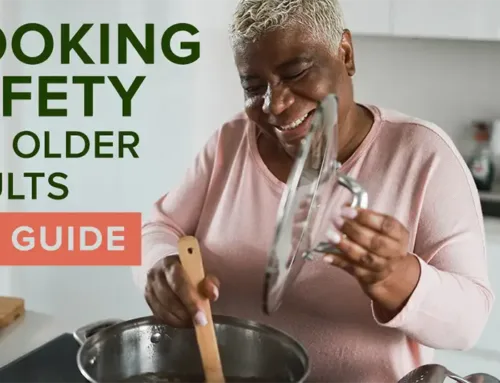Your Content Goes Here
Can Exercise Reverse Frailty in Seniors? Science-Backed Ways to Build Strength
Your mom is generally healthy but has started showing signs of frailty—losing weight, feeling weak, and sometimes struggling with balance. It’s concerning, but the good news is that frailty isn’t inevitable. In fact, new research suggests that exercise and lifestyle changes can help seniors regain strength, reduce fall risk, and maintain independence.
So, what steps can you take to support your aging loved one? Let’s explore how exercise can play a key role in reversing frailty in seniors.
The Role of Exercise in Combating Frailty
Recent research published in Age and Aging, highlights that frailty in seniors can be reduced—and even reversed—with a combination of strength training and proper nutrition. The study followed individuals aged 65 and older and found that those who engaged in regular physical activity saw improvements in mobility, muscle mass, and overall resilience.
“Regular physical activity is important at any age but, as this study shows, it’s critical to healthy aging,” said Sierra Goetz co-founder and operations director at the HomeCare Advocacy Network (HCAN). “Doing a few simple exercises every day can make it easier for seniors to bathe, dress, get into and out of a chair and move around the house or neighborhood. It can also help reduce the risk of falls.”
Recommended Exercises for Seniors
To improve strength, balance and flexibility experts recommend:
Working out in water to reduce pressure on your joints. It will also help you build strength, improve balance and maintain heart health.
Using groceries instead of weights for bicep curls, shoulder presses and bent-over rows (standing or seated). A gallon jug of milk, a bag of apples or a container of laundry detergent work great!
Incorporating resistance bands into exercises that will improve strength and balance such as seated rows, squats, chest press, bicep curls and pull-aparts.
Squeezing a tennis ball for 3-5 seconds to improve the grip strength needed to open jars and lift objects. Do this 10-15 times with each hand.
Using a chair with armrests to build upper body strength. Sit with your feel flat on the floor and slowly push yourself out of the chair using only your arms. Hold for one second and lower yourself back into the chair.
Sitting with your back straight against a chair and raise one leg and stretch it to be as straight as possible and flex your foot – be careful not to lock your knee. Lower and repeat with the other leg.
Stretching your chest by sitting in a chair and extending your arms to your sides. Ease your arms back so that you feel your shoulder blades moving toward one another. When you get a good stretch, pause and hold for 10 seconds.
Empowering Seniors Through Exercise
Staying active is one of the most powerful ways seniors can fight frailty, regain strength, and maintain independence. Even small movements each day can make a significant impact on their overall well-being.
“Our professional caregivers encourage our clients to be as active as possible, because we know it will help them live independently for as long as possible,” Goetz said. “A little movement every day can make a big difference – even for those with limited mobility.”
If you or a loved one need additional support, HCAN’s professional caregiving services can help. Visit HCAN.com or contact your local HCAN-supported office for more information.






